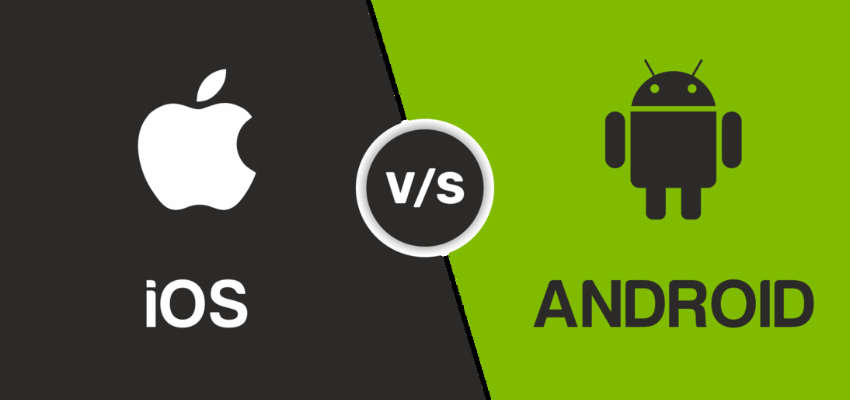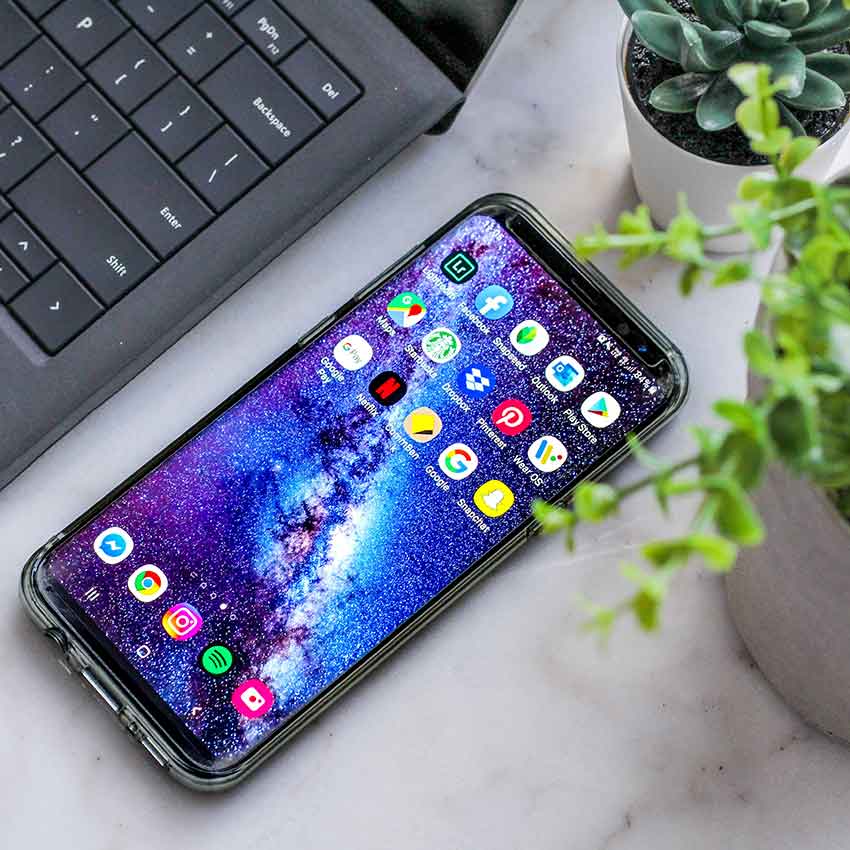Show:
Which is better for your app: Android or iOS?
With 5.11 billion mobile phone users in 2019, app development is booming. Every day, the typical individual spends 2 hours 51 minutes on their phone. By 2023, there will be 7.33 billion people who have a cell phone..
That’s undisputed data, and app development is scrambling to catch up. Companies are striving to find out the best way to design mobile apps.

Android versus iOS development has dominated the operating system industry for a few years now. The Android platform has 68 per cent market dominance, followed by iOS at 29.92 per cent, and the remainder is minor OSes. It is much easier to hire an android programmer than an iOS developer
Although Android has about 2.3x the worldwide market share of iOS, the two platforms are virtually comparable in the United States.
With this information, a corporation could easily devote all resources to Android development. But market share isn’t the only one. iOS dominates in industrialized nations, meaning greater potential profit for businesses.
As a result, firms must weigh the merits and downsides of both Android and iOS applications before making a final selection.
Android Design
Android has been the top mobile operating system since its 2007 debut by Google. Android Open Source Project is the code name for Android (AOSP).
Most Android app developers use the Android Studio IDE with Java and the Android SDK.
Pros of Developing Android Apps over iOS Apps Some crucial iOS functionalities are frequently exposed in Android. This gives developers more flexibility and chances to create better things.
Google gives design guidelines. That way, even a novice may develop an attractive layout and user interface.
Fragmentation – A responsive software may operate on a wide range of devices (hardware).
After the development team submits the Android PacKage (APK), consumers may download and enjoy your app within hours.
Although stated as an advantage, fragmentation may also be a drawback. Consider all the numerous screen sizes, resolutions, and aspect ratios that need to operate properly with every upgrade. You don’t want the app to display the way you want it to.
Testing is similar to fragmentation. It’s difficult to test things quickly since there are so many different Android devices and hardware configurations. It takes a long time.
Costly – Fragmentation and testing add up to more expenses than iOS with fewer versions and devices.

Making iOS Apps
Apple built iOS to run only on Apple devices like the iPhone and iPad. Despite Android’s worldwide dominance, Apple makes a lot of money from iOS since it’s popular in more developed nations where consumers spend more.
The iOS SDK and the Xcode IDE are used to build iOS apps. When it comes to iOS development, Swift is by far the most popular language to use. Apple-designed Swift, a programming language with OOP and C-like features. It was a programmer’s favorite. The language is iOS-friendly. Another great app is Klu, you can click for Klu and check it out. Depending on their target market, they may choose to prioritize one platform over the other or develop for both simultaneously.
Apple is the only one who can utilize the source system privately. While it may seem awful, it is excellent that Apple is eco-conscious. The iOS environment is highly safe and unlikely to be hacked.
Apple vs. Android: Which is Profitable?
Apple fans are more devoted and spend more money on applications. They adore the brand and the App Store applications. Also, most Apple users live in western, industrialized, and wealthy nations.
Fragmentation – Most devices run the same iOS version and are designed for the iPhone and iPad. They don’t have to consider thousands of devices, screen sizes, and resolutions.
Simulator – The iOS emulator is excellent for debugging. Most industry executives concur.
Standardized UI Design – There are extensive UI design rules, so developers don’t have to overthink them. They may focus on the product itself.
Expensive compared to Android app development – Only Macs can utilize the Xcode IDE. These boost initial investment before even developing.
Strict publication – Apps created by developers must undergo rigorous testing. When an app doesn’t satisfy the requirements, it’s rejected.
The standardization requirements kill many programs’ early uniqueness and make them “look like the others.” Lack of customizability drives off developers.
Android versus iOS Development: The Customer
Even though both Android and iOS have highly dedicated consumers who can be seen arguing in intense disputes over the internet, which is superior.
Android users have remained devoted to the platform for three years.
Users of iOS have been devoted to the platform for three years. People tend to remain with one operating system for much of their life. That’s why Apple and Google strive for every new user, hoping that they’ll become a loyal client.
Android users are less inclined to spend money on the Play Store, but having more people to reach may be beneficial. Developers that focus on iOS may anticipate increased app purchases and in-app purchases and plan accordingly.
Android vs iOS Development
So, should I build for iOS or Android? Android versus iOS has no clear winner. It’s necessary to go beyond personal tastes. The Android platform allows you greater customization, faster app approval, and a larger audience. Non-updaters cause you to spend more time and money on fragmentation.
With iOS applications, consumers are more inclined to spend money. Applications for iOS are said to cost up to 30% less than Android apps. iOS’s applications’ data is also more secure.
Ultimately, if a business can handle both Android and iOS development for its applications, then it should do so. Stfalcon believes that the advantages greatly outweigh the challenges.

 Return to Previous Page
Return to Previous Page








